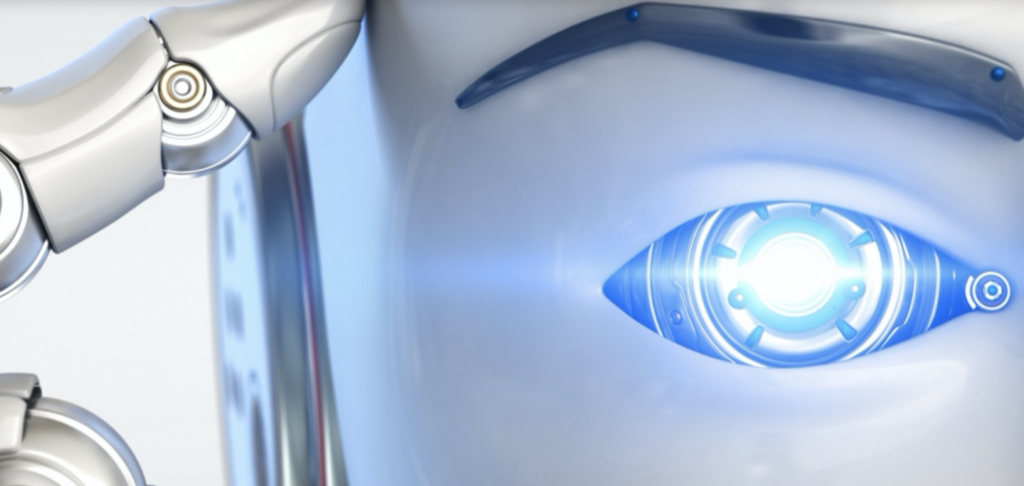A Nuts-and-Bolts Guide: What’s the Difference Between AI and RPA?

A recent HealthLeaders Revenue Cycle Exchange event offered the opportunity for revenue cycle executives to voice their opinion on Artificial Intelligence solutions and the place AI and Deep Learning will occupy in future revenue cycle tech iterations.
Lots of “rah-rah” for AI, right? Wrong! An article at HealthLeadersMedia.com paints a pretty bleak picture:
“Meaningless,” “scary,” and “shiny object” are just a few of the ways revenue cycle executives described AI at the recent HealthLeaders Revenue Cycle Exchange last month.
They said they hear lots of sales pitches and hype, but not much about data. They hear about possibilities and promise, but not about real examples of its practical applications, they said.
Many revenue cycle executives admitted that they don’t fully understand what AI is, “frequently confusing the term and using it interchangeably with other technology solutions.”
So, Health Leaders jumped into action and asked Matt Hawkins, a revenue cycle AI industry expert and the CEO of Waystar, to shine a light into the “dark corners of AI.” This is a good digest for person who want to learn or refresh their grasp of AI and its potential. For example:
HealthLeaders: What is AI? How is it different than other forms of computing?
Matt Hawkins: When we talk about computing, in the traditional sense, we’re referring to programs that obey a set of predefined rules and logic. A conventional computer can only do tasks that you explicitly program it to do.
On the other hand, a program that runs on AI is designed to mimic the functions of a human brain. Rather than simply obeying commands, software powered by AI has the ability to learn as it goes, identifying patterns and solving problems like a human would.
Hawkins also clarifies the term RPA, or robotic process automation, which refers to software tools that automate rule-based and repetitive human tasks. “RPA can record tasks performed by an employee on their computer, then perform those same tasks on its own. “
RPA differs from AI in that AI emulates and expands upon human cognition, while RPA has the job of learning and replicating human actions and tasks.
RPA can perform extremely complex processes, but it can’t do any tasks it has not been explicitly instructed to execute.
Artificial intelligence, meanwhile, is designed to be as flexible and adaptive as the human brain, learning over time. AI software can interpret vast amounts of data, provide actionable insights, and assist in making decisions.
Hawkins offers a succinct evaluation of the value of AI to the revenue cycle:
There are opportunities for providers to use AI to optimize every step of the revenue cycle management process. One huge opportunity for artificial intelligence is in predicting claims denials. Providers face the difficult task of minimizing denials from payers, while still processing claims fast enough to keep the practice running. Without insight into the likelihood of denial, provider teams often waste time working on the wrong claims.
What AI can do is predict denials with a high degree of accuracy and precision and build that into the workflow prior to claim submission. By learning overarching patterns and probabilities of claim denials, AI can guide humans on where to focus their efforts in order to maximize the amount of payment received.
After a claim has been submitted, the next step for the provider is to follow up with the payer to settle the claim. Artificial intelligence can help here, too, by interpreting prior history to determine how long it will take a specific payer to settle a claim. AI tools can show, statistically, when a claim has gone unpaid for an irregularly long time and requires human intervention. Again, this increases efficiency for healthcare administrators, helping them manage their time so they can direct their efforts to more important tasks.
AI is also a valuable tool for ensuring a better patient financial experience. As patient financial responsibility continues to grow, it is crucial for providers to provide a seamless, consumer-friendly billing experience while safeguarding a healthy revenue flow. AI tools can interpret data to model a patient’s propensity to pay, and then offer insights on how to send the right follow-up message at the right time for that patient.
AI can also help determine whether a patient is eligible for charity care, saving money for hospitals and patients alike.
OrboGraph is a proponent of deploying AI in revenue cycle as the path to modernize healthcare payments platforms. Artificial Intelligence and Deep Learning Technologies are not only enable processing of paper-remittances and EOBs faster than humans, but the technologies continue to learn and improve themselves, producing far fewer errors than humans. Additionally, the electronification of paper-remittances and EOBs provides data to be utilized in other systems such as denial analytics to provide a full scope of the payments process — essentially automating healthcare payments!
This blog contains forward-looking statements. For more information, click here.